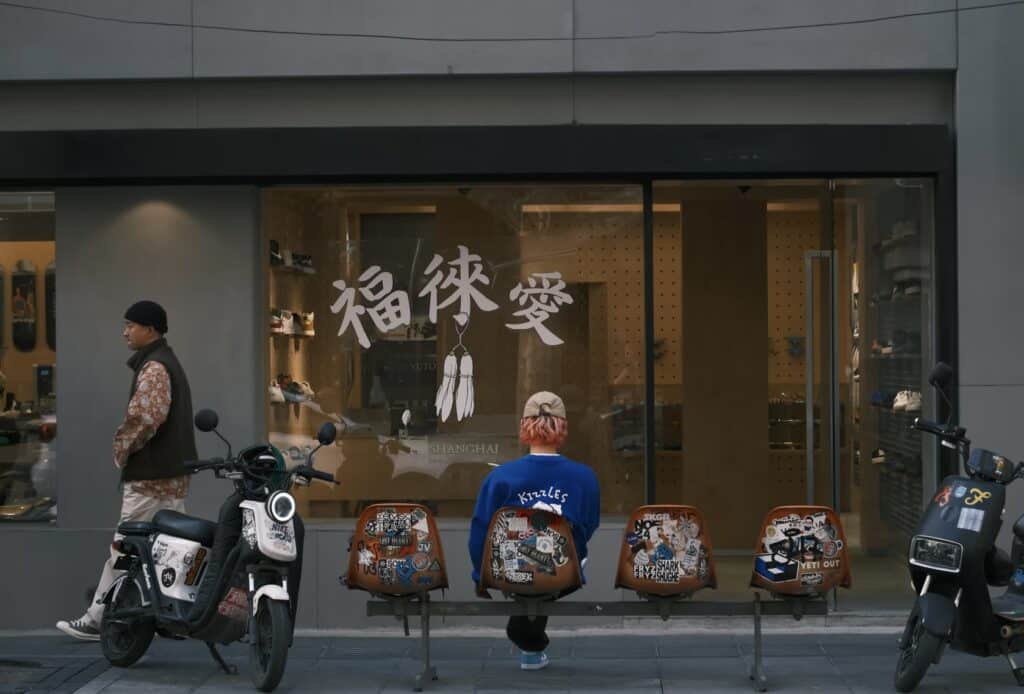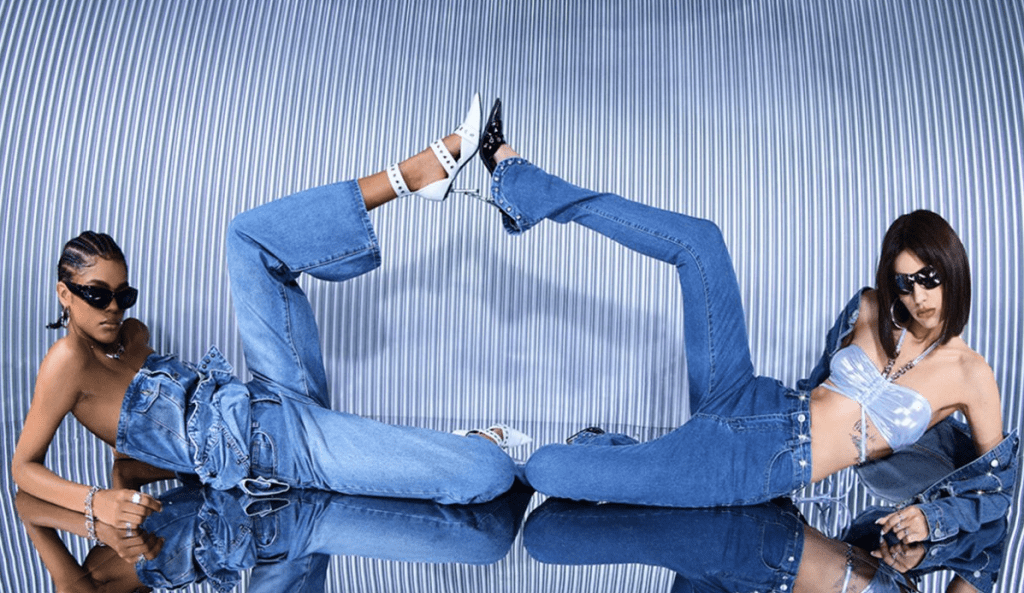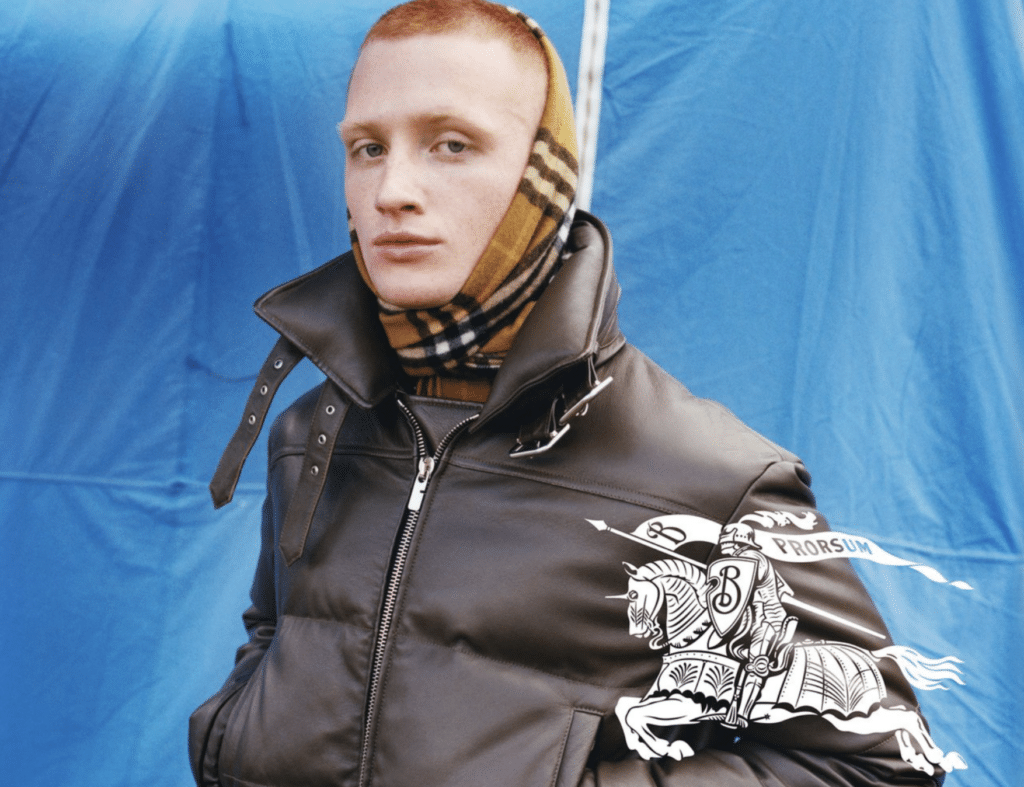Kanye West is finally making good on his 2015 declaration that he would “make sure everyone gets Yeezys.” The problem: with such a rise in accessibility has come a marked drop in interest. Less than 4 years after the much-anticipated introduction of Kanye West’s first sneaker collection with adidas, the dynamic has changed; the sneakers, which until recently could not be kept in stock (due to a perfect marriage of hype and limited quantities), are no longer selling themselves. Instead, they are requiring some “marketing dollars behind them” (aside from the existing cost of getting Kanye West on board, which is essentially little more than a marketing cost in itself) to entice a pool of once-utterly-rabid consumers to buy in.
Sneaker site Complex summarized the shift late last month, writing, “What were once must-have sneakers worthy of pulling all-nighters, recruiting friends and family for raffles, and scouring overseas sites … have become pairs that can literally be picked up days after the drop.”
In addition to a decline in consumer enthusiasm at the original point of sale, prices for the once-widely sought-after sneakers — which include a number of different styles, from the traditional Boost 350 (and the various colorways) to the 750 boot-like Boost and Wave Runner models — are dropping significantly on the many streetwear/sneaker-centric resale sites, as well.
As it turns out, the value just is not there anymore, according to Matt Powell, the vice president and senior industry advisor for the NPD Group.
Aside from the awareness and demand driven by West’s association with the sneaker collection, to date, “the real value” of the various Yeezy sneakers, which adidas first introduced with the rapper in early 2015, has been rooted in their scarcity. Put simply, there were not “very many of them,” Powell told culture site, Concourse. That has changed, though, and is part of why the sneakers are no longer selling out.
“My speculation is there are too many pairs on the market—more supply than there is demand. Determining how many pairs to make is an art, not a science.” In short: the Yeezy line – which Powell says “is unremarkable in both design and material” – might be at the point where, “If everybody can get one, nobody will want one.”
This is not novel territory, though. The same thing happened with Nike when it began to flood the market with Jordan-branded sneakers, Powell told Highsnobiety. “Jordan sales are now in steep decline due to oversupply … That oversupply can kill a market, and I doubt that Jordan can return to its former days.” (The same can be said of the corporatization of the Louis Vuitton and Gucci brands, among others, in the mid-to-late 2000’s, when the luxury brands took to chasing profits and increasing the qualities produced of more accessible logo-covered bags in order to do so. The move enabled them to rake in revenue but also turned off consumers that began to view the brands as too readily accessible. They have since regained their cachet thanks to years of effort and product revamps aimed at beating consumers’ logo fatigue).
There are, of course, a number of additional considerations that come with the falling demand for Yeezys. According to Concourse’s Dan McQuade, “Kanye West is also getting old … [many] kids don’t know who he is anymore.” More than that, the sneakers are relatively expensive and ugly, “This sneaker is $300—the second in a line of $300 sneakers that doesn’t have the cachet of the first … it’s still a lot for a sneaker that is, by most visual metrics, an ugly one.” And while the ugly shoe trend is at the height of fashion right now, according to no small number of sources, that fad is fading.
Still yet, do not forget West’s problematic politics, which may – or may not – have an impact on shoe-buyers’ habits; there is certainly an argument to be made that West has cultivated a blind fandom that is willing to look past (or to simply not give too much weight to) the fact that his views are off-putting, at best.
The business of sneakers is an interesting one that fits neatly into the larger streetwear ecosystem. Much like how the Supreme-centric model works, sneakers “become exclusive (and expensive, on the resale market) due to intentional scarcity.”
“They’re hot because they’re hard to get,” McQuade aptly notes. “It’s a con, but it works.”
The upside of this model is just that – it works. The sustained success of Supreme is demonstrative of this. The cult streetwear/skatewear brand has been making use of the limited edition drop almost from the outset, when it opened up shop on New York’s Lafayette Street in April 1994. The James Jebbia-founded company has since become synonymous with its practice of supplementing its regular, seasonal collection with new, limited edition pieces each week.
When products sell out, they are gone. Unlike most other brands, which routinely restock items that are the object of outsized consumer demand, Supreme’s pattern is to fix supply and then ignore demand.
Nearly 25 years after its launch, Jebbia’s brand maintains this strict distribution equation: carefully courting demand by meticulously limiting supply. “If we can sell 600, I’ll make 400. We’ve always been like that,” Jebbia said in a discussion with (the late) Glenn O’Brien for Interview magazine in 2009. That model routinely results in a failure to fully monetize demand at any given time (assuming that the supply is strictly limited and that the demand for additional supply is, in fact, present). At the same time, this system arguably enables brands to court demand for longer by keeping consumers coming back in hope of getting something the next time around. That is a huge part of what has driven the success of the Yeezys. Until recently, that is.
The potential problem with this model is that there is little room for inconsistency. Adidas and Ye (potentially sensing an end to their gold streak) succumbed to demand and thereby, distinguished it. The change in terms of availability, of course, raises the question of just how great and sweeping was the demand for the Yeezy brand in the first place? How much of that demand was entirely dependent on the fact that adidas manufactured only small runs of each style?
The German sportswear giant and the American rap star sure did have a good run though, at least from a brand awareness perspective. As Powell has hammered home on more than one occasion (and as Kasper Rorsted, adidas AG’s chief executive officer, has since confirmed), the Yeezy collab has had very little impact on adidas’ bottom line. Instead, Rorsted says it “has a fundamental impact on our overall brand position.” In other words, it is “an asset from a [marketing] standpoint.”
Rorsted said in call just this week that adidas does not plan to let West go anytime soon. In fact, he stated, “As we’re moving new Yeezy products into the market, we will do what we’ve done also in the past: Create scarcity around the new products we are launching, make sure we have the hype, and, over a given period of time of course, drive volume into that market.”
He is adamant that adidas has seen “absolutely no slowdown in the Yeezy business.” Yet, the resale numbers — with are significantly less than they were several months ago — do not lie.
As for what is taking the place of Yeezys in terms of demand amongst in-the-know sneaker consumers? Something more exclusive, it doesn’t necessarily matter what. The takeaway here, after all, seems to be that the products, themselves, are purely secondary, a way of tapping into a larger sense of hype (as created by in large part by manufactured scarcity and resulting demand). Achieve those things and you can sell limited quantities of just about anything — even over-priced, objectively ugly sneakers.











